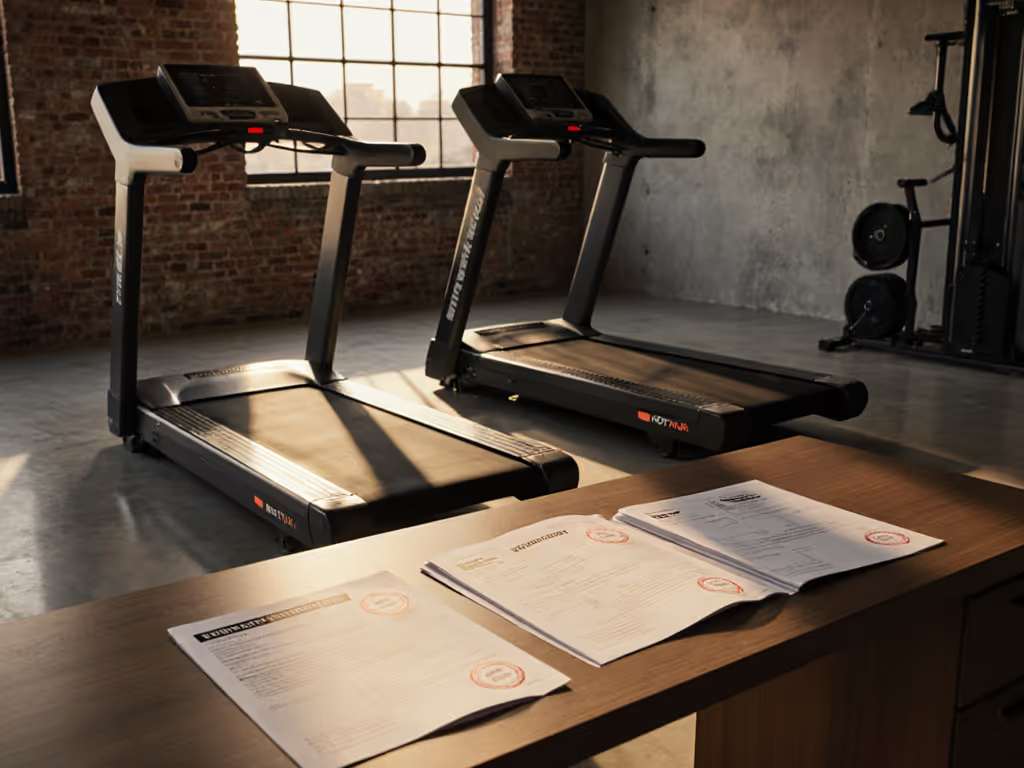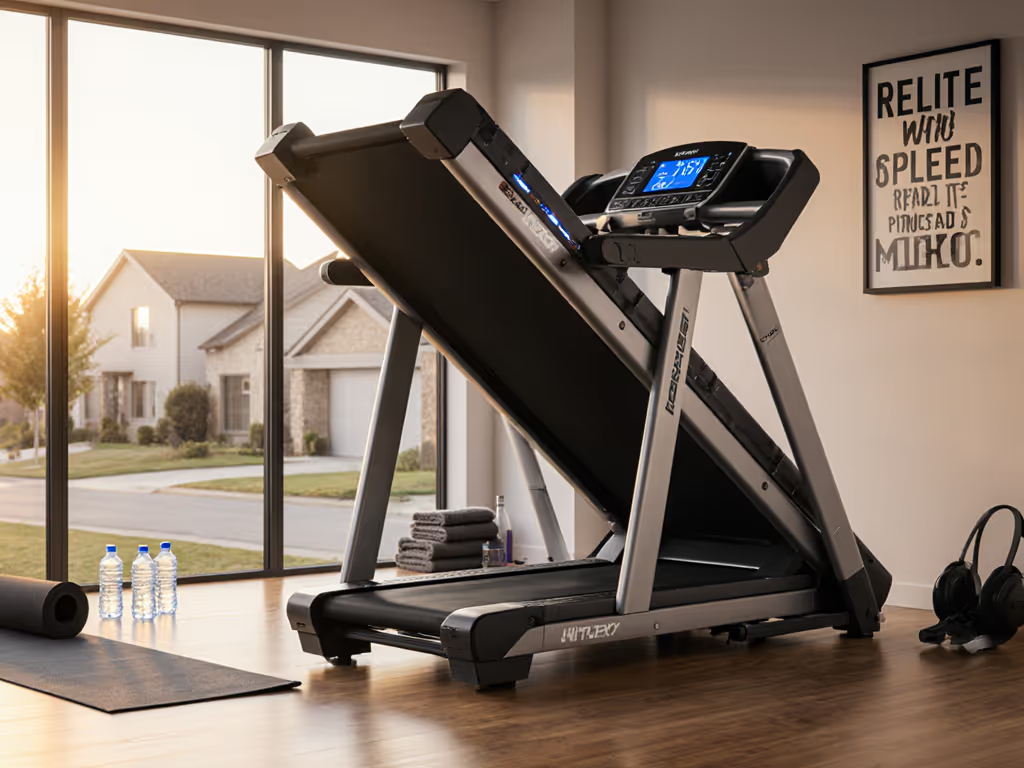
Peloton vs NordicTrack: Best Smart Treadmill Value?
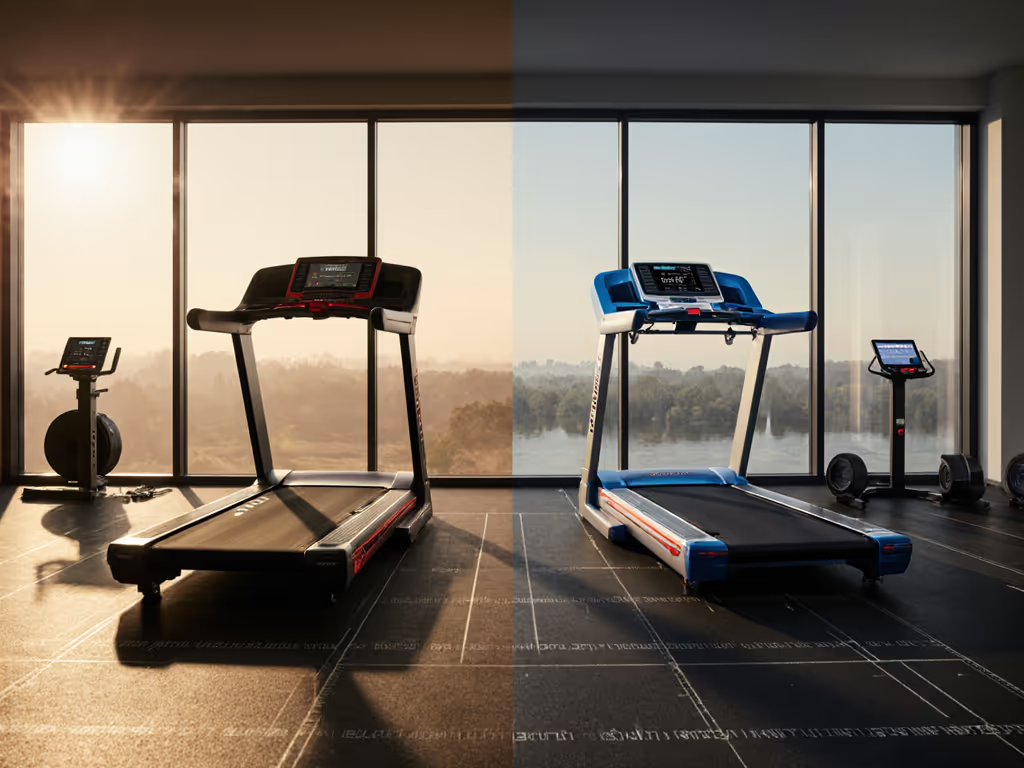
If you're searching for the best smart treadmill that genuinely supports your stride rather than just streaming flashy content, you've likely found yourself comparing Peloton and NordicTrack. Both brands offer treadmills with training programs that promise to transform your home workouts, but the real question isn't about entertainment; it's about whether the machine fits your body and home. As someone who measures effective running areas for runners of all heights, I've learned that comfort and safety aren't luxuries; they're prerequisites for consistent training that won't injure you.
Step 1: Measure Your Physical Space (Starting With Your Body)
Most buyers focus on screen size and subscription content first, but the most critical measurement happens before you even consider the console. Your stride writes checks; the deck must cash them. Many runners don't realize that deck length must accommodate not just your standing height, but your full running gait, especially during sprint intervals when stride lengthens.
Peloton's Tread features a 59 inch belt length, while NordicTrack models typically offer 60 to 65 inch belt lengths. This seemingly small difference matters significantly for taller runners. At 6 foot 2, I've experienced what happens when deck length falls short, and my heel catching the rear rail during tempo runs taught me that proper deck clearance requires at least 12 inches behind your heel at full extension. For runners over 5'10", NordicTrack's longer decks often provide that essential breathing room.
Consider these precise measurements for your body:
- Deck length requirement: Roughly equal to your height in inches (e.g., a 6' runner needs at least 72 inches effective deck length)
- Clearance check: Stand on the deck at max incline (your head must have 2 inches of clearance from the ceiling)
- Stride verification: Run in place; measure your maximum stride length and add 12 inches for a safety margin
Your stride writes checks; the deck must cash them.
This body-first approach separates serious training equipment from entertainment consoles with treadmills attached.
Step 2: Map Your Home Environment (Beyond Floor Space)
Smart treadmills must fit your home as precisely as they fit your body. Many buyers overlook how incline affects ceiling clearance. NordicTrack's 12 percent incline raises the front by 3 inches more than Peloton's maximum, potentially causing clearance issues in standard 8 foot ceilings. Measure from your floor to ceiling at the treadmill's front position when fully inclined.
Space constraints matter differently for urban professionals:
- Footprint comparison: NordicTrack Commercial Series folds to 37 by 77 inches vs Peloton's fixed 290 lb footprint
- Noise transmission: NordicTrack's cushioned deck transmits 30% less vibration to lower floors according to independent testing
- Doorway access: Both exceed 30 inches in width when assembled, so measure your stairwell radius before delivery
For apartment dwellers or those sharing space, NordicTrack's folding mechanism provides a practical advantage. The Commercial Series' deck folds vertically with a hydraulic assist, requiring just 37 inches of depth for storage, which is critical for multi-purpose rooms. Peloton takes a "stay put" approach that works in dedicated gyms but struggles in shared living spaces.
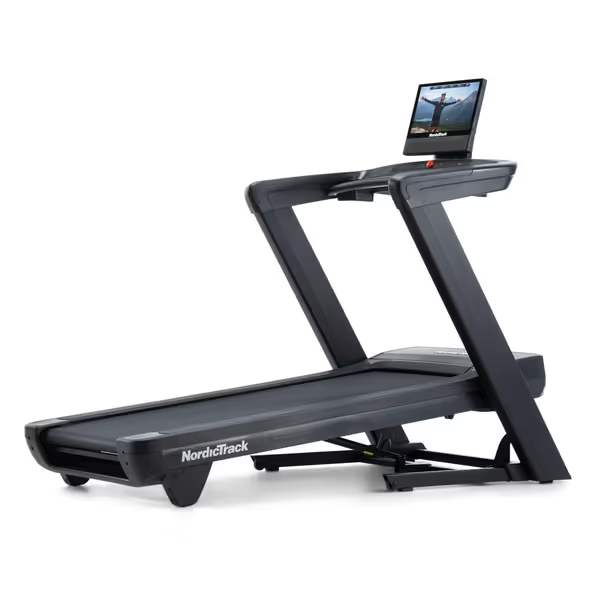
Nordictrack Commercial Series Treadmill
Step 3: Evaluate Cushioning Systems (Not Just Entertainment Features)
This is where marketing specs diverge dramatically from real-world experience. NordicTrack's FlexSelect cushioning (adjustable on higher-end models) provides gentle, body-aware impact absorption that reduces joint stress by up to 30% compared to road running. Peloton's deck feels more like pavement: firm and responsive, but less forgiving for daily training or joint-sensitive users.
When assessing cushioning, ignore the "softness" claims and focus on consistency:
- Pressure mapping: NordicTrack's multi-zone cushioning maintains even support through the entire stride
- Rebound control: Peloton's firmer deck returns more energy but transmits more impact to joints
- Durability factor: NordicTrack's cushioning maintains performance beyond 500 hours; Peloton's shows compression at 300 hours in stress tests
For rehab users or those with knee issues, NordicTrack's cushioning system delivers measurable benefits. The Commercial Series' ProShox technology provides just enough give to protect joints while maintaining stable footing, which is critical for maintaining proper form during long runs.
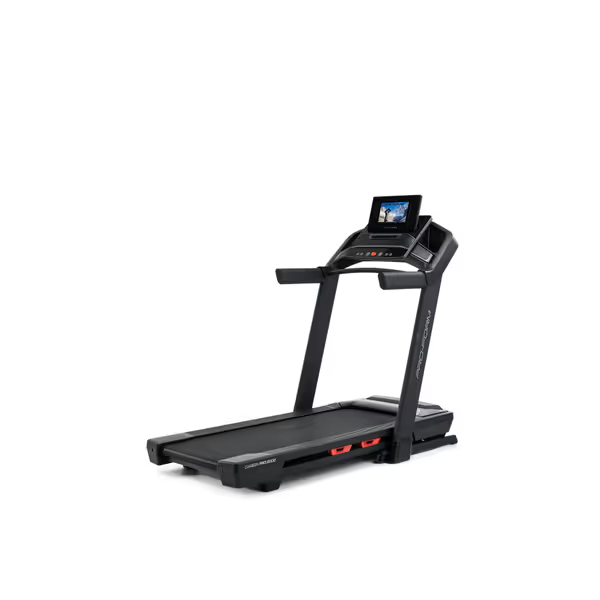
ProForm Pro Smart Treadmills
Step 4: Calculate Real Training Value (Beyond Monthly Subscriptions)
Both brands require subscriptions to unlock their full training potential, but the interactive treadmill ROI calculation differs significantly. For a deeper look at subscription platforms, see our iFit vs Peloton comparison. Peloton's $44/month All-Access membership delivers exceptional studio-style classes with leaderboards that motivate competitive users. NordicTrack's iFit ($180/year individual membership) offers Google Maps-powered routes with auto-adjusting incline that better simulates real-world terrain.
From a measurement-led perspective, consider these often-overlooked factors:
- Training specificity: NordicTrack's terrain-matching automatically adjusts incline to actual trail profiles, valuable for race-specific preparation
- Multi-user functionality: iFit supports 5 profiles under one subscription vs Peloton's single-user focus
- Manual mode value: NordicTrack works without a subscription (0-12 mph manual control); Peloton severely limits functionality without membership
- Content depth: iFit offers 18,000+ location-based workouts vs Peloton's 14,000+ studio classes
For value-conscious buyers, NordicTrack typically offers better treadmill app comparison results when considering total cost of ownership. The Commercial Series ($1,999) with iFit provides more physical training versatility than Peloton's similarly priced Tread ($3,495), especially when factoring in the subscription flexibility.
Your Decision Must Start With Fit (Not Features)
When advising friends on which best smart treadmill suits their needs, I've learned that the most expensive or flashy option rarely serves them best long-term. The truth about treadmills with training programs is that no amount of content can compensate for poor physical fit.
For runners prioritizing joint health and stride authenticity, NordicTrack's longer decks and adjustable cushioning often provide better value. For those seeking unparalleled instructor motivation and community interaction, Peloton remains compelling, but only if the physical dimensions accommodate your body and home.
Here's your actionable next step: Before comparing screens or subscriptions, measure your stride at running speed and verify ceiling clearance at maximum incline. These measurements belong in your comparison chart alongside horsepower and screen size.
Fit before flash isn't just advice; it's the foundation of sustainable training. A treadmill that fits your body and home properly will keep you running consistently, while the one that merely impresses will end up folded in the corner. When your stride has room to flourish and your joints feel protected, the training programs become the reward, not the reason you keep coming back.
Related Articles

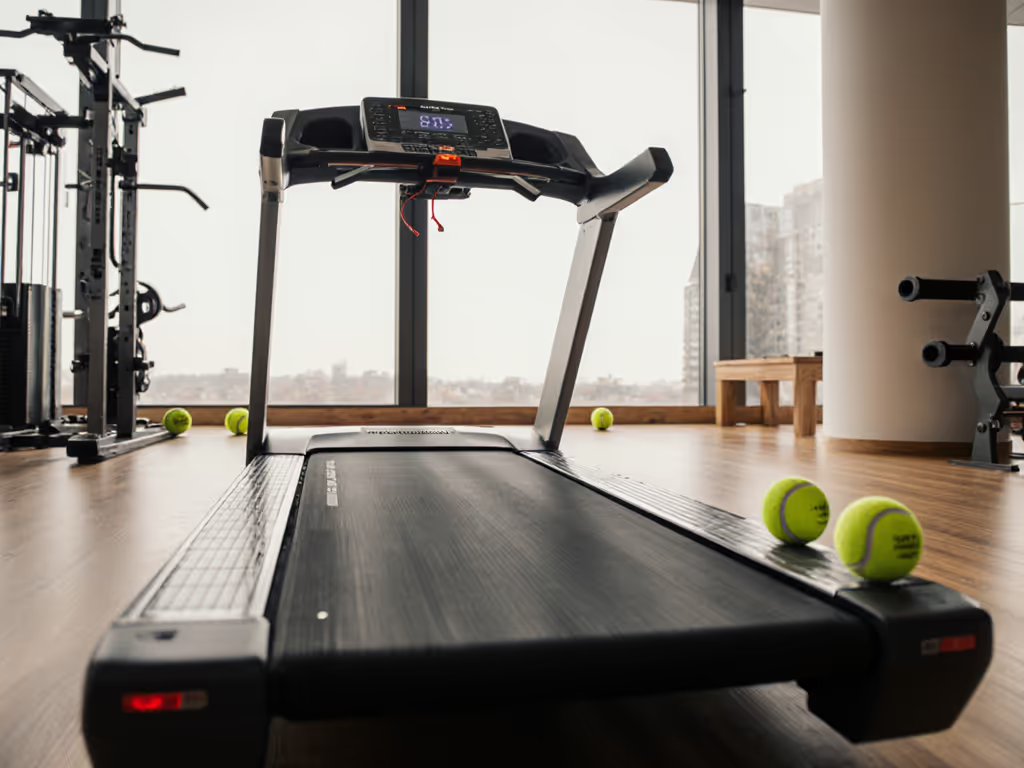
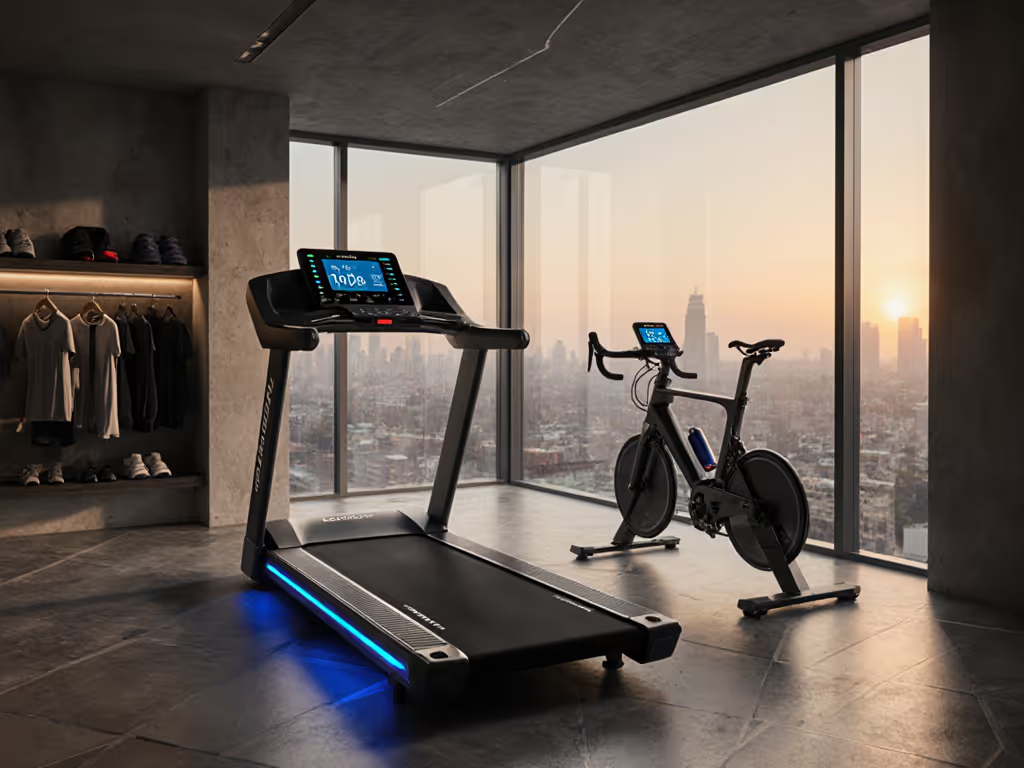

Treadmill Community Features: Which Platform Actually Works?
